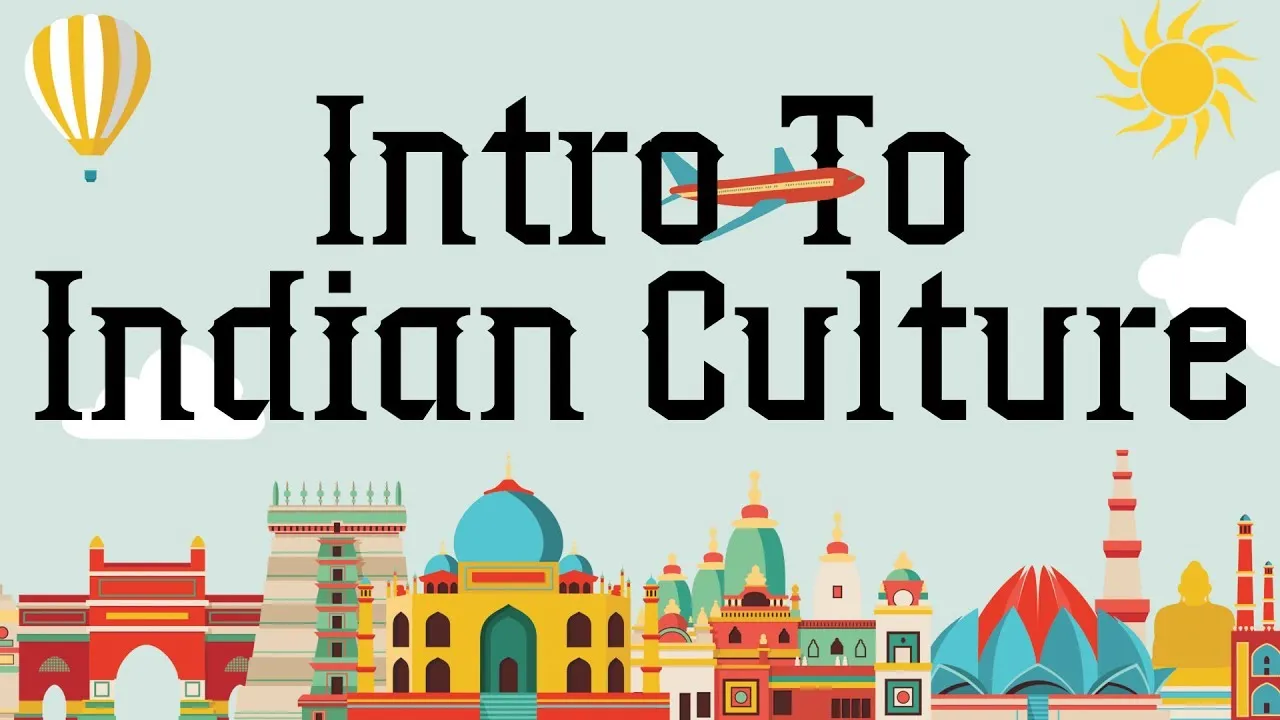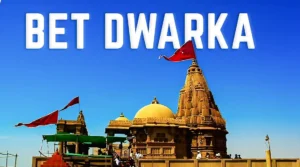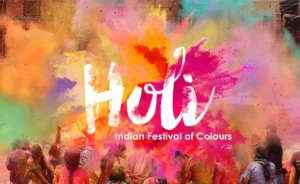Indian culture and tradition are famous all over the world. As we all know that India’s culture and traditions are very diverse, colorful and unique due to which these are celebrated every year in the same ways or trends. Because of these traditions, many tourists love to come and visit India. Below this, there are some amazing Indian customs and traditions which are celebrated across the place.
The Namaste
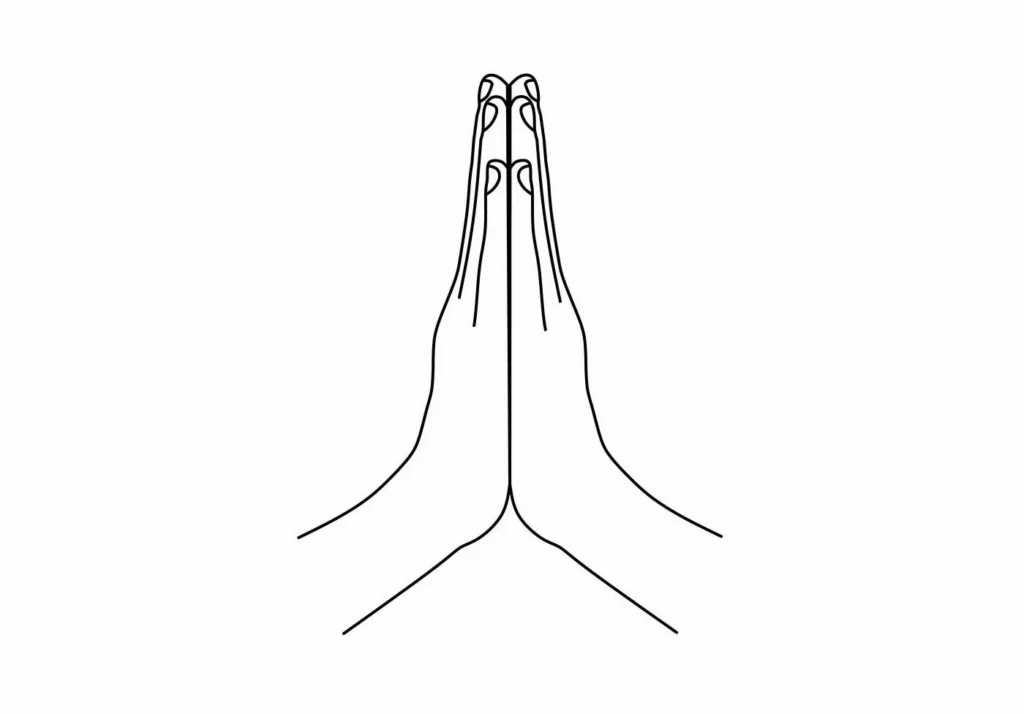
Namaste is a well-known gesture in India tradition to welcome guests. Namaste, namaskar, or ‘namaskaara’ are one of the five forms of ancient salutation mention in the ancient Hindu scriptures, The Vedas. It means “I bow to you”, and greeting each other, is a way of saying “Meet our minds”, indicates the fold palms placed before the chest. The word namaha cab be translated as ‘na ma’ (not mine), which denote the reductions of ego in the presence of the other one.
Always a Festive Season

Next on our list of customs and traditions in Indian culture is festivals. There are hundreds of celebrations to experience in India, meaning that every day holds a new celebration. The huge variety of festivals represents India’s rich culture and traditions, with state-wide, religion-based, and community-focused festivals on offer.
Hindus celebrate Diwali, Holi and Makar Sakranti, Muslims observe Eid, Baisakhi (crop harvesting) is a Sikh festival, Jains commemorate Mahavir Jayanti and Buddhists mark Buddha’s birthday. Christmas and Good Friday are celebrated by Christians too. Then there are festivals to honour saints, public figures and gurus.
Indian festivals can feature ornate idols in extravagant parades, specific food dishes, dancing and music, sacred rituals and vibrant colours. There are also well-being, yoga and walking festivals. Unlike many festivals around the world which can be boozy affairs, many ‘dry days’ where the sale of alcohol is prohibited fall on major national Indian festivals and occasions. Why not incorporate a festival into your tour for the chance to be part of community celebrations and create magical holiday memories?
Joint Families
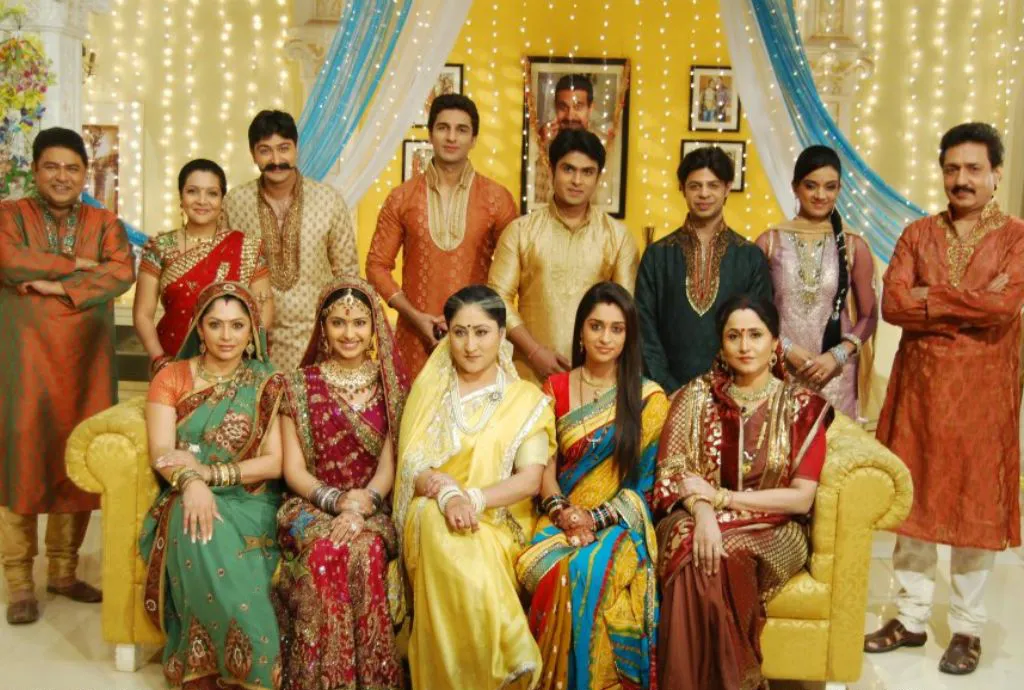
A joint family in India is where the entire family all live together, which can include parents, wife, children and occasionally relatives. At the head of the family is a ‘Karta’, a senior male or female who makes economic and social decisions on behalf of the entire family, and other relations can be equal, of mutual respect or teasing in nature. Income goes into a common pool, which benefits all members. Nowadays, economic development and urbanisation have led to an increase in nuclear-like families than joint families.
Arranged marriage is still a strong tradition in India. This dates back to Vedic times in 1500–1100 BCE where suitable matches from around the kingdom would compete in competitions to win the hand of a royal bride.
Holy Cow
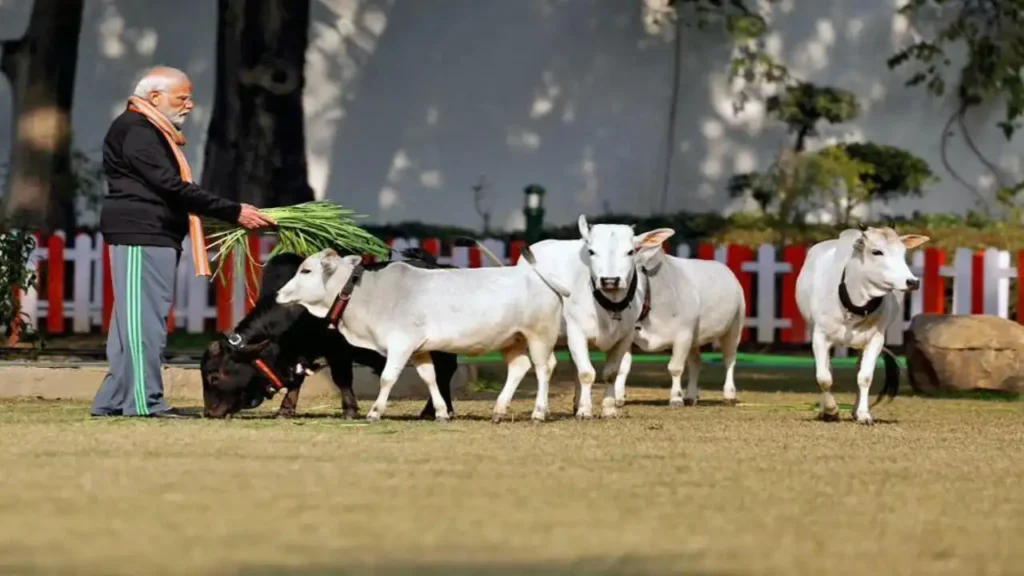
In Indian culture, Cow worshiped as a Holy animal.Its worshiped as a symbol of mother. God Lord Krishna, who grew up as a calf is often describ as playing between the cows and the Gopis(milkmaids) dancing to his music. Lord Krishna is also known by the name of ‘Govinda’ or ‘Gopala’ which means “friend and protect of cow”. That’s why, cows play an important role in Indian culture and religion. Even Lord Shiva’s vehicle was Nandi- The Holi cow. So, raising a cow or making contributions for cow shelters is an important belief in Indians. Cows are a source of livelihood. Although cow dung is a major factor and fuel consumption, especially in rural India. Killing the cow or consuming cow meet is considered as a crime and many states in India some laws regarding cows just to save them.
The Science Behind Temples
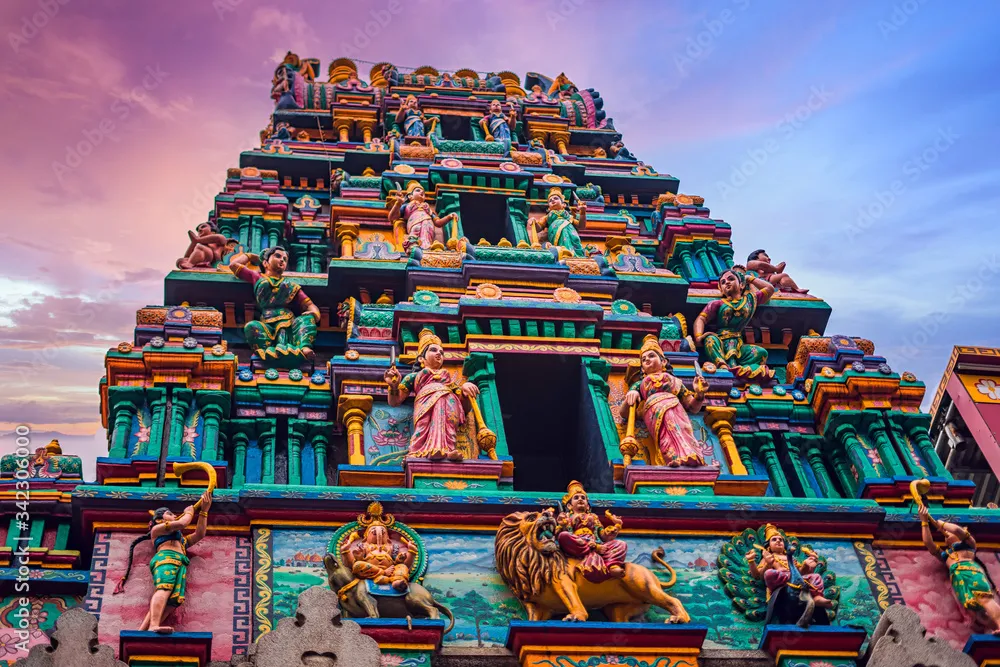
Exploring Indian temples is a magical experience, but there are a few things to remember before you visit. Many of these sacr buildings were deliberately built at places rich in positive energy from the magnetic wave lines of the Earth. Most temples feature one main idol, which has a copper plate called the Garbhagriha or Moolasthan underneath that absorbs and resonates this underground energy. One of the customs and traditions in Indian culture is to have a bath or shower before entering a temple or at least wash your hands and feet to cleanse yourself of negative thoughts and evil influences.
Appropriate attire is really important, namely conservative clothing to indicate respect. Women should ideally wear a modest top and a calf or ankle-length skirt or trousers that will allow sitting comfortably cross-legged on the floor. Men should wear trousers and a shirt. Avoid wearing leather or animal skin of any kind, as this is offensive to practising Hindus.
You will also need to remove your footwear before entering places of worship to prevent any dirt from coming into a cleansed and sanctified environment. A top tip is to choose shoes that are easy to remove. If you’d prefer to keep your socks on, that’s fine: just make sure they are clean and free from holes!
Food
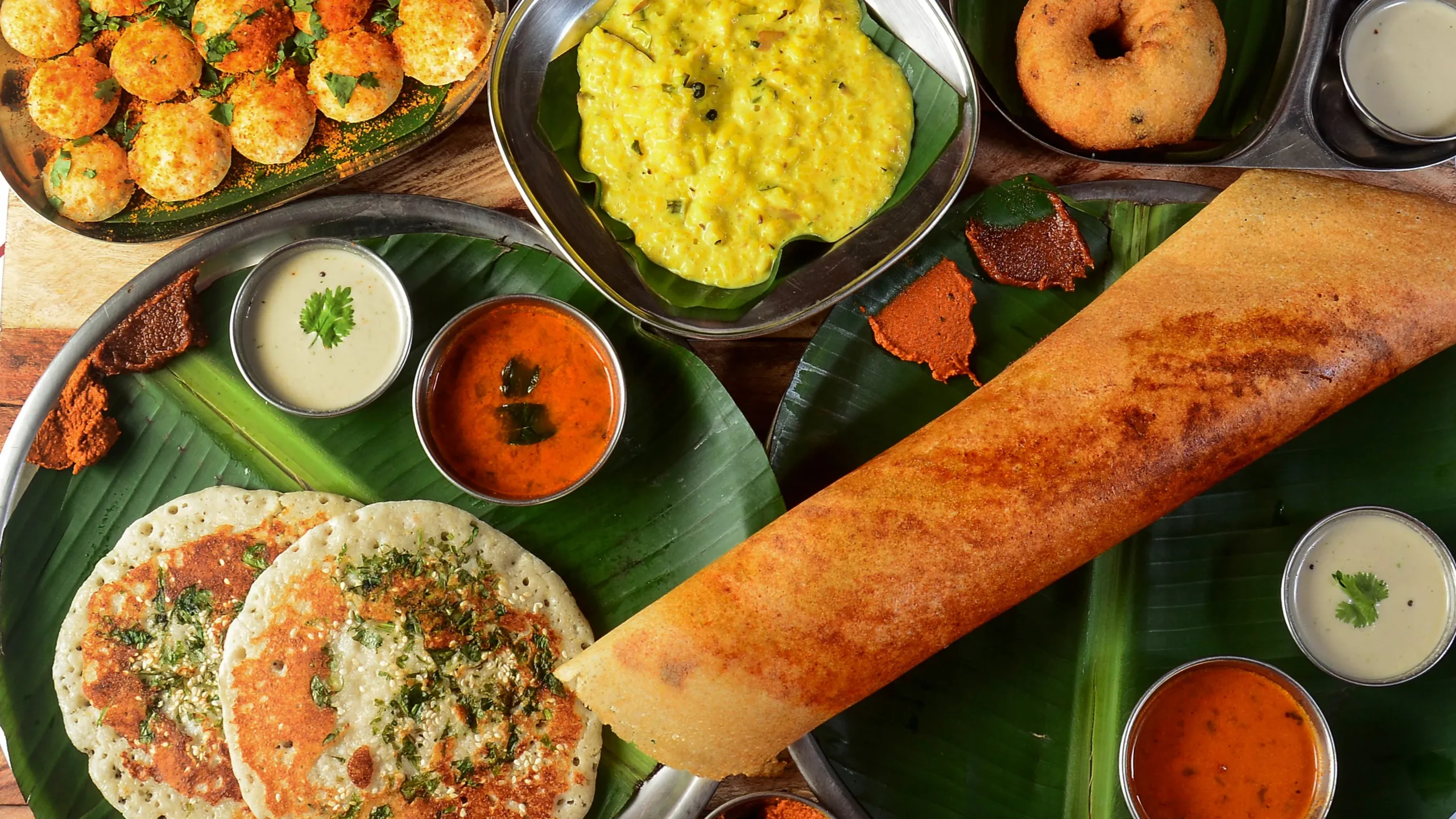
One of our favourite customs and traditions in Indian culture is food! Every region in India has its own distinct cuisine with a signature dish or ingredient. It’s one of the best countries for vegetarian cuisine, which you’ll find predominantly in Gujarat and Rajasthan. Non-vegetarian options feature strongly in Bengali, Mughlai, North Indian and Punjabi cuisine, and Kerala in South India is famous for its delicious fish dishes.
You can always guarantee plenty of fresh ingredients, including wonderful herbs and spices used for flavour, aromas, to enhance colours and for healing properties.
Although many restaurants provide cutlery for tourists, it’s great to get involv with the Indian tradition of eating with your hands. As well as immersing yourself in Indian culture, your digestive system will thank you as it means you eat more slowly. Wash your hands thoroughly before and after, and use your right hand to eat.
Must Read: Haldighati Udaipur
Indian Ethnic Wear

Indian women are most commonly seen in ‘saris’ sport. The sari is a single piece of fabric that does not need to be stitch; it is easy to wear. And it adheres to religious traditions. At first it started out as a Hindu but very beautiful tradition that has spread throughout all religions. This is similar to the ‘Kurta-Pajama’ and the ‘Sherwani’ religious attire for Indian men of all religions.
Indian Dances
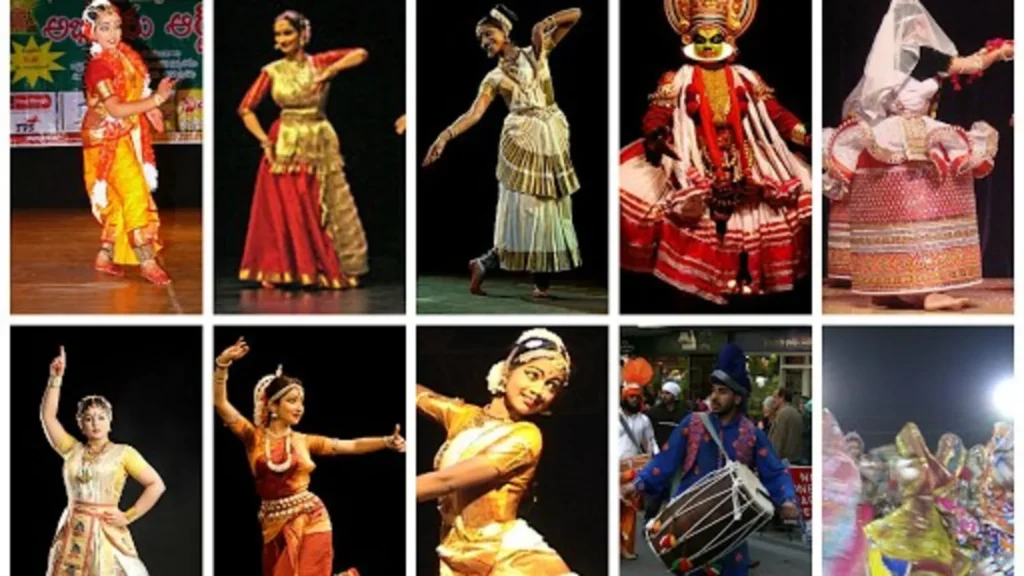
India is a country of ‘unity in diversity’. There are many types of forms in dance which classified as folk or classical which come from different parts of country, and they represent the cultural background. Basically there are eight dance forms, referred to as Indian dance music and the Hindu Sanskrit word ‘Natyashashtra’:
Some of the famous dance forms are:-
- Bharatnatyam from Tamil Nadu
- Kathakali from Kerela
- Kathak from North, West and Central India
- Mohiniyattam from Kerela
- Kuchipudi from Andhra Pradesh
- Oddisi from Odhisa
- Manipuri from Manipur
- Sattriya from Assam
Religious Symbols
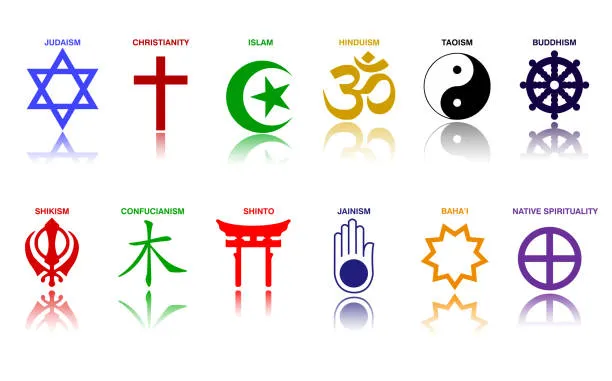
Indian traditions and scriptures have many signs and symbols that have many meanings. For example, the use of the Swastika, in the Indian context, does not refer to Adolf Hitler or Nazism. The sign is Lord Ganesha, the removal of curtains. The Swastika’s hands have a variety of techniques. These represent the four Vedas, the four groups, or the four themes that people pursue.
Atithi Devo Bhavah
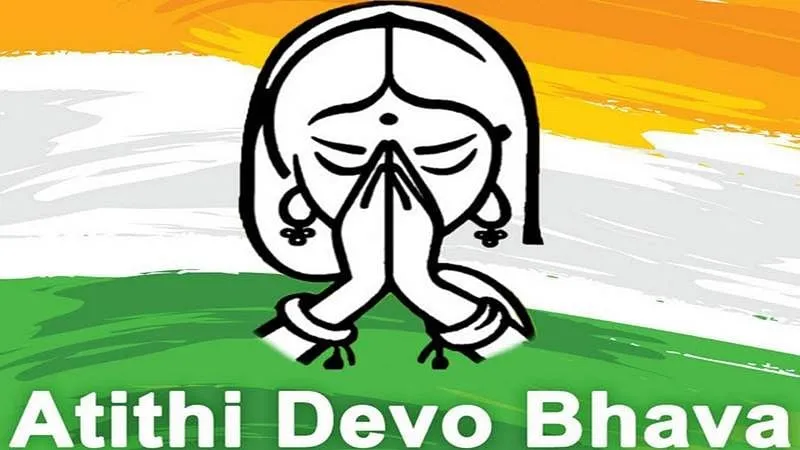
In India, the term ‘Atithi Devo Bhavah’ is also includ. It means ‘the guest is like a God’. A Sanskrit verse taken from Hindu scriptures later became part of the ‘Methodology for Hindu’. Groups because the visitor is very important in Indian culture.
Also Read : Eden gardens ipl records: Cricket’s Legendary Feats
Conclusion
Indian culture and traditions are deeply root in ancient customs and beliefs. Which continue to shape the fabric of society today. From the respectful gesture of Namaste to the vibrant festivities that fill the calendar year-round. India’s cultural tapestry is rich and diverse. The significance of joint families, reverence for the cow, and the spiritual significance embedded within temple architecture are just a few examples of how tradition intersects with daily life.
Food plays a central role, with regional cuisines offering a tantalizing array of flavors and ingredients. Traditional attire, such as the sari for women and kurta-pajama for men, reflects both religious practices and cultural identity. Dance forms, ranging from classical to folk, showcase the diversity and artistic expression across the country.
Religious symbols hold profound meanings, while fasting serves as a spiritual discipline and act of devotion. Above all, the principle of “Atithi Devo Bhavah” underscores. The importance of hospitality and respect for guests, reinforcing the values of generosity and inclusion within Indian society.

